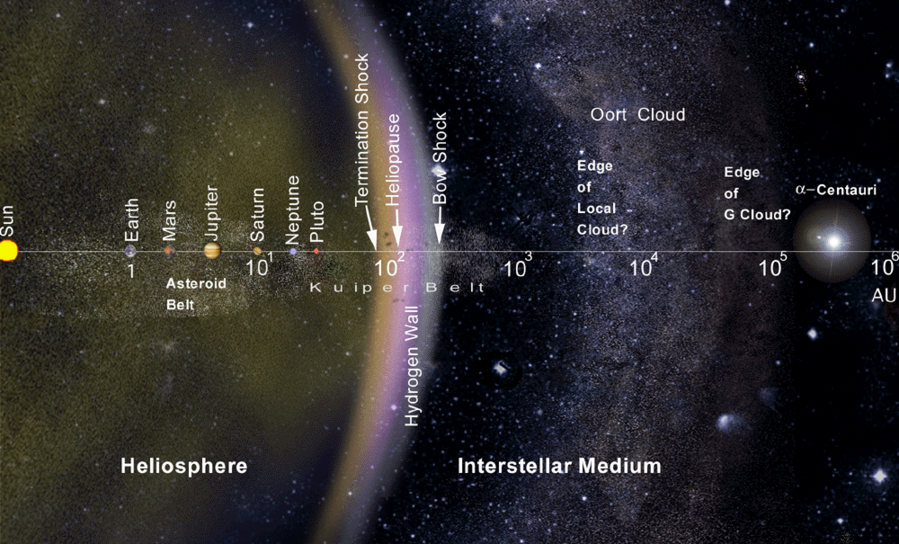The National Aeronautics and Space Administration (NASA) is an independent agency of the United States Federal Government which performs the activities related to the civilian space program, as well as aerospace research and aeronautics. NASA is one of the best space agencies in the world and tops the chart in terms of its technology, size, expenditure, and space missions.
NASA has successfully operated some of the world’s most renowned space programs including The Apollo 11 moon-landing missions, Mars Exploration Rover, Voyager I and II, the Skylab space station, International Space Station (ISS). They hold the records for the first probes to visit all the outer planets and even Pluto.
Let's go through some interesting facts and statistics about NASA -
Logo of NASA!

NASA's logo was designed in 1959 and is filled with symbolism. The blue sphere represents a planet, the stars represent space, the v-shaped vector represents aeronautics, the circular orbit represents space travel.
When was NASA founded?
NASA was founded on July 29, 1958 when Eisenhower signed the National Aeronautics and Space Act, establishing NASA.
What was NASA's first project?

The Mercury 7 - Project Mercury Astronauts
NASA's first full-fledged mission was Project Mercury, running from 1958 to 1963. The mission's purpose was to understand and learn if humans could survive in space. This mission was followed by Project Gemini, whose main objective was to build a spacecraft carrying two astronauts to the Moon by the end of the 1960s.
NASA's first probe to land on Mars!
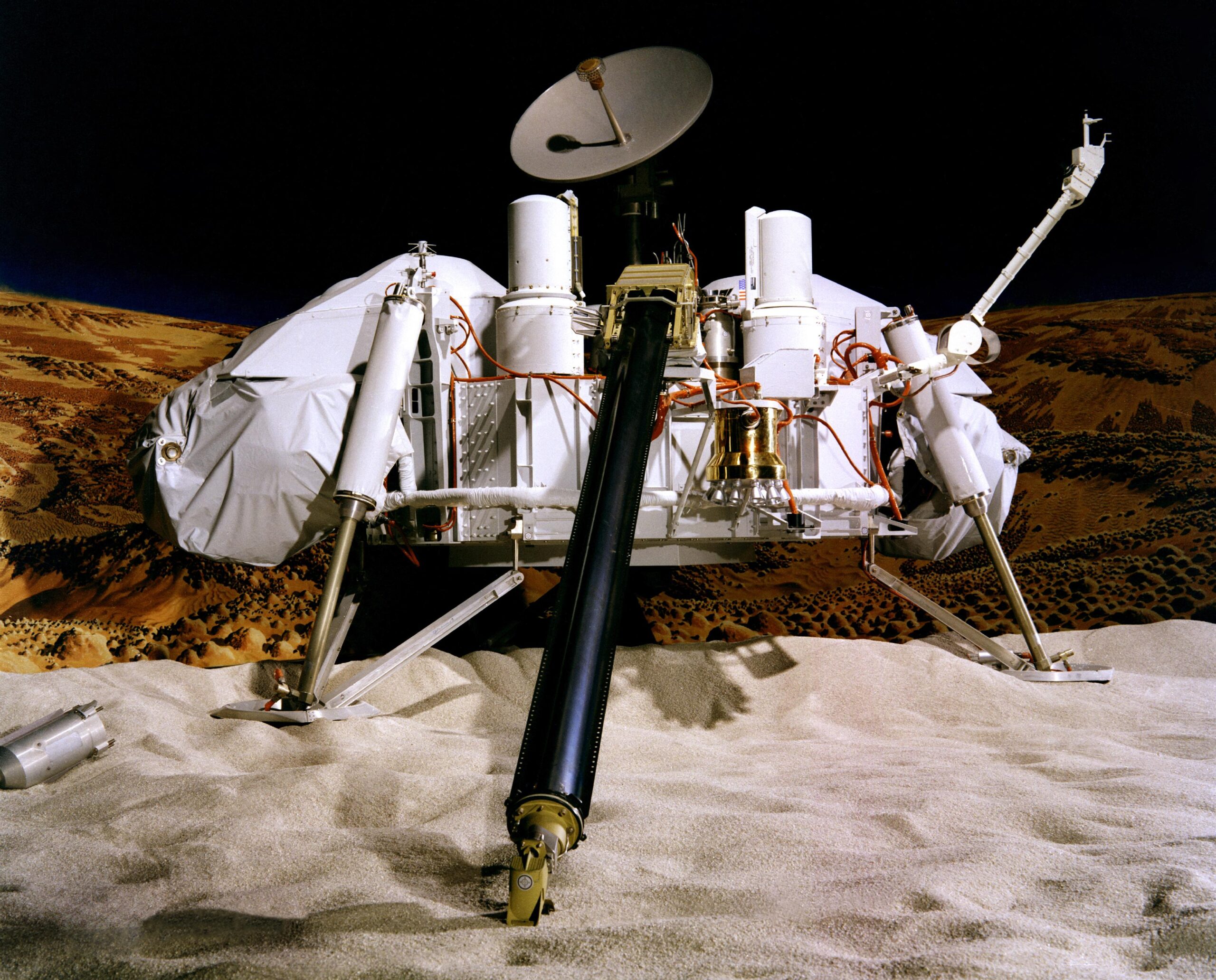
Viking Lander. image source- (https://www.jpl.nasa.gov/spaceimages/details.php?id=PIA09703)
On July 20, 1976, NASA's Viking 1 probe touched down the surface of Mars and became the first spacecraft from NASA that soft-landed on Mars. Before this On November 27, 1971, Soviet Probe Mars 2 crash-landed on the surface of Mars due to an on-board computer malfunction and became the first man-made object to reach the surface of Mars.
The Viking 1 lander held the record for the longest Mars surface mission with a total duration of 2307 days (6 years 116 days) or 2245 Martian solar days until the record was broken by the Opportunity rover on May 19, 2010.

Opportunity Rover on Mars
Opportunity Rover - Opportunity is a robotic rover that landed on Mars on January 25, 2004. It's twin Spirit Rover landed three weeks before on the other side of the planet. Both Rover was planned for a 90 sol duration of activity (slightly more than 90 Earth days).
Despite planned 90 sols duration of activity Opportunity rover functioned 14 years, 46 days (Earth Time), which is 55 times its planned lifespan. On June 10, 2018 Opportunity rover was last contacted by NASA and by the time it traveled a total distance of 45.16 kilometers. On the other hand, Spirit rover was operational for 5 years, 3 months and 27 Earth days which 21.6 times its planned duration.
The Opportunity mission is considered one of the most successful ventures lead by NASA.
Did You Know?
Venera 7 was a Soviet spacecraft, when it landed on the surface of VENUS on 15 December 1970, it became the first spacecraft to soft-land on another planet and first to transmit data from there back to Earth
Apollo 11 Created History!
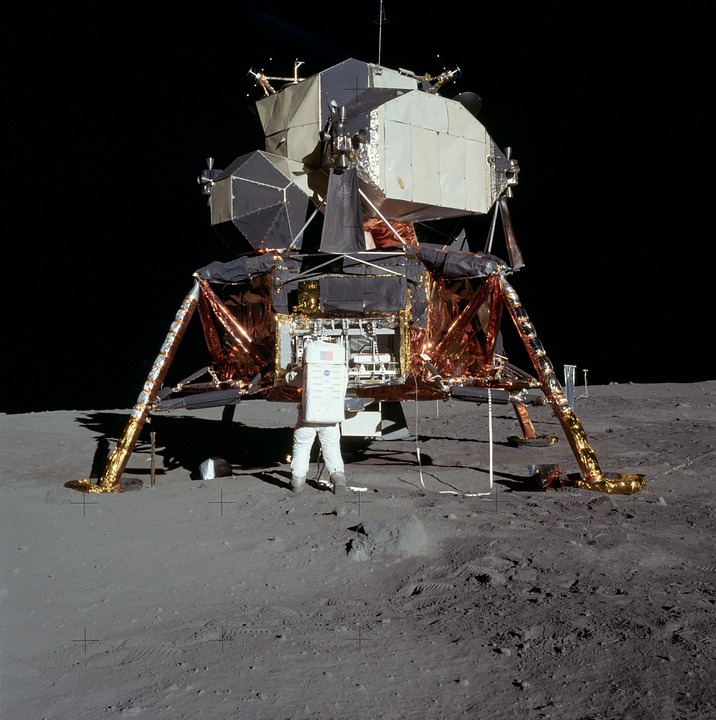
Apollo Lunar Module
On July 20, 1969, at 20:17 UTC Apollo Lunar Module "Eagle" landed on Moon creating history. With this Apollo 11 became the first manned mission to land on Moon. Commander Neil Armstrong became the first person to step onto the moon's surface, Buzz Aldrin Joined him 19 minutes later.
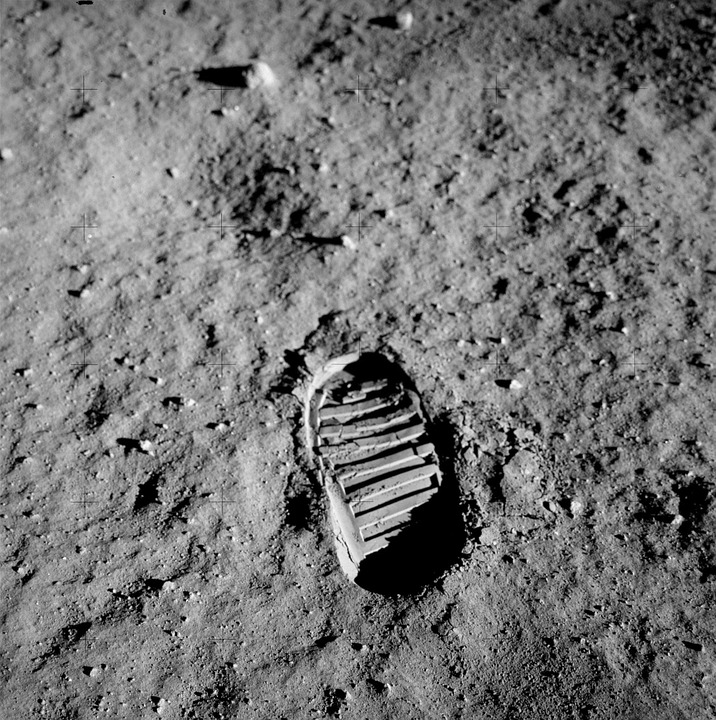
Footprint on the moon's surface
Niel Armstrong described this event as "one small step for [a] man, one giant leap for mankind". Both of them spent about two and a quarter hours together outside the spacecraft and collected 47.5 pounds of lunar material to bring back to Earth. Neil Armstrong and Buzz Aldrin spent about 21 hours, 36 minutes on the lunar surface at a site they named Tranquility Base.
The most distant image of the earth ever took!
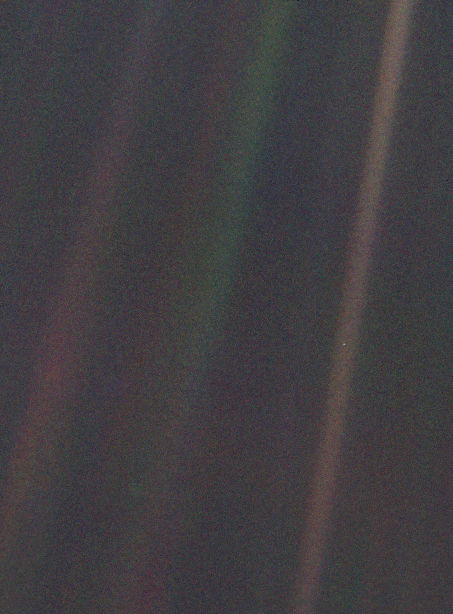
Pale_Blue_Dot
This Historic picture named Pale Blue Dot is a photograph of planet Earth taken on February 14, 1990, by the Voyager 1 space probe from a record distance of about 6 billion kilometers. Earth as a tiny dot lies right in the center of one of the scattered light rays resulting from taking the image so close to the sun.
Till now that tiny dot in the picture can only support life, that made us (humans) too a part of universe but we are taking it for granted.
Which Spacecraft is used to measure the radiant heat remaining from the Big Bang?
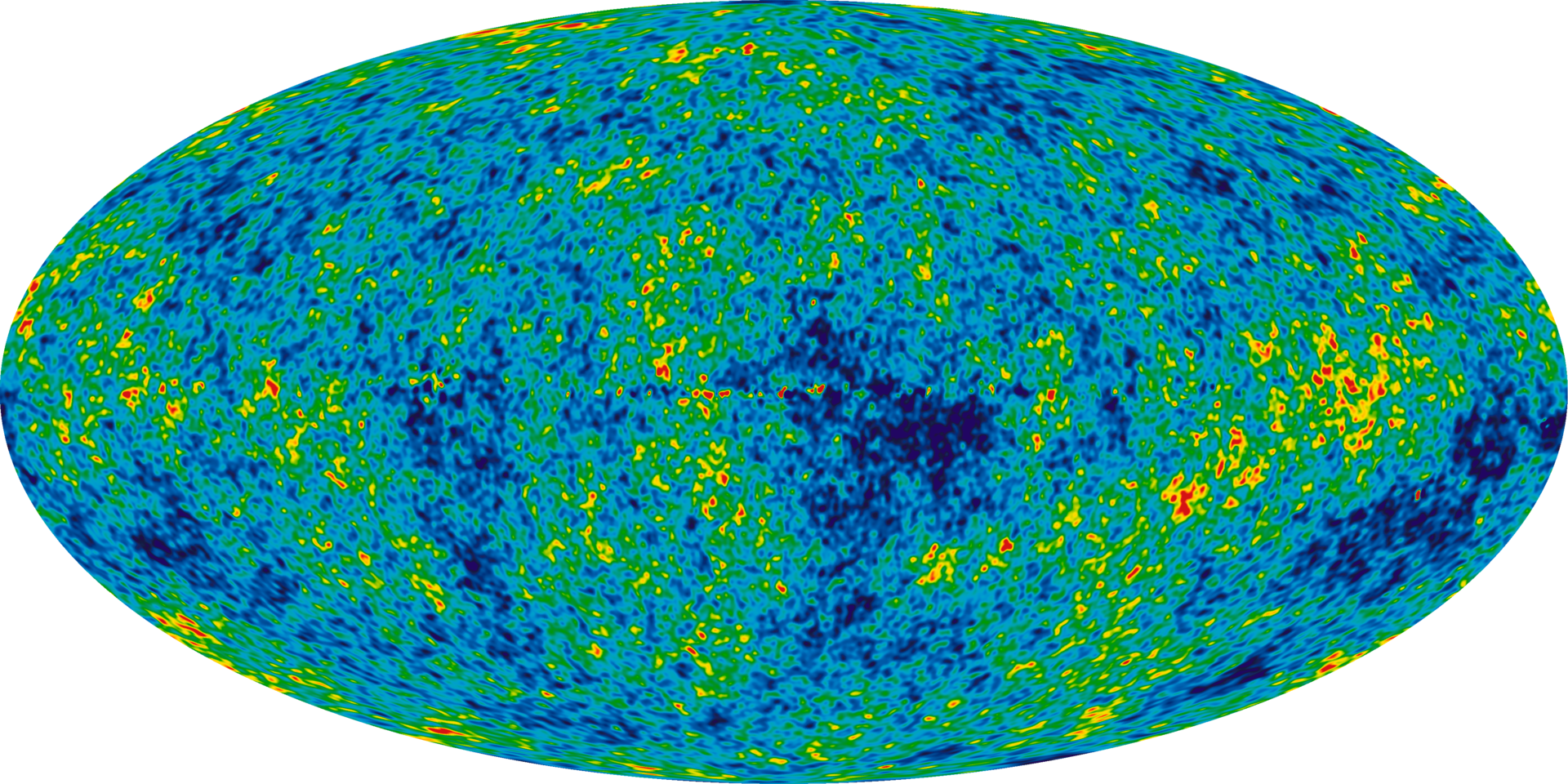
The Cosmic Microwave Background temperature fluctuations from WMAP probe
The Wilkinson Microwave Anisotropy Probe (WMAP), originally known as the Microwave Anisotropy Probe (MAP), was a spacecraft that measured temperature differences across the sky in the cosmic microwave background (CMB) – the radiant heat remaining from the Big Bang, operating from 2001 to 2010.
The Mission's objective was to measure the temperature differences in the Cosmic Microwave Background (CMB) radiation. The anisotropies then were used to measure the universe's geometry, content, and evolution and to test the Big Bang model.
Which is the first spacecraft to cross the heliopause and enter the interstellar medium?
HELIOPAUSE in simple terms is the EDGE of the solar system which marks the boundary between the matter originating from the sun and the matter originating from the rest of the galaxy. Beyond Heliopause is the interstellar medium.
On August 25, 2012, Voyager 1 became the first spacecraft to cross the heliopause and enter the interstellar medium. As of 2019, Only two probes Voyager 1 and Voyager 2 have actually reached the interstellar medium.
Did You Know?
Voyager 1 launched on September 5, 1977, with an objective to study the outer solar system. It has been operational for 42 years, 7 months, and 20 days as of April 25, 2020, and still communicates with NASA's deep space network. Voyager 1 is now at a distance of 22.2 billion km from Earth as of March 12, 2020, and is the most distant man-made object from Earth.
Which Spacecratfs have achieved the escape velocity required to leave the Solar System?
Till now only 5 Spacecrafts have achieved the escape velocity required to leave the solar system all lead by NASA. These are -
- Pioneer 10 – launched on March 2, 1972.
- Pioneer 11 – launched on April 6, 1973.
- Voyager 2 – launched on August 20, 1977.
- Voyager 1 – launched on September 5, 1977.
- New Horizons – launched on January 19, 2006
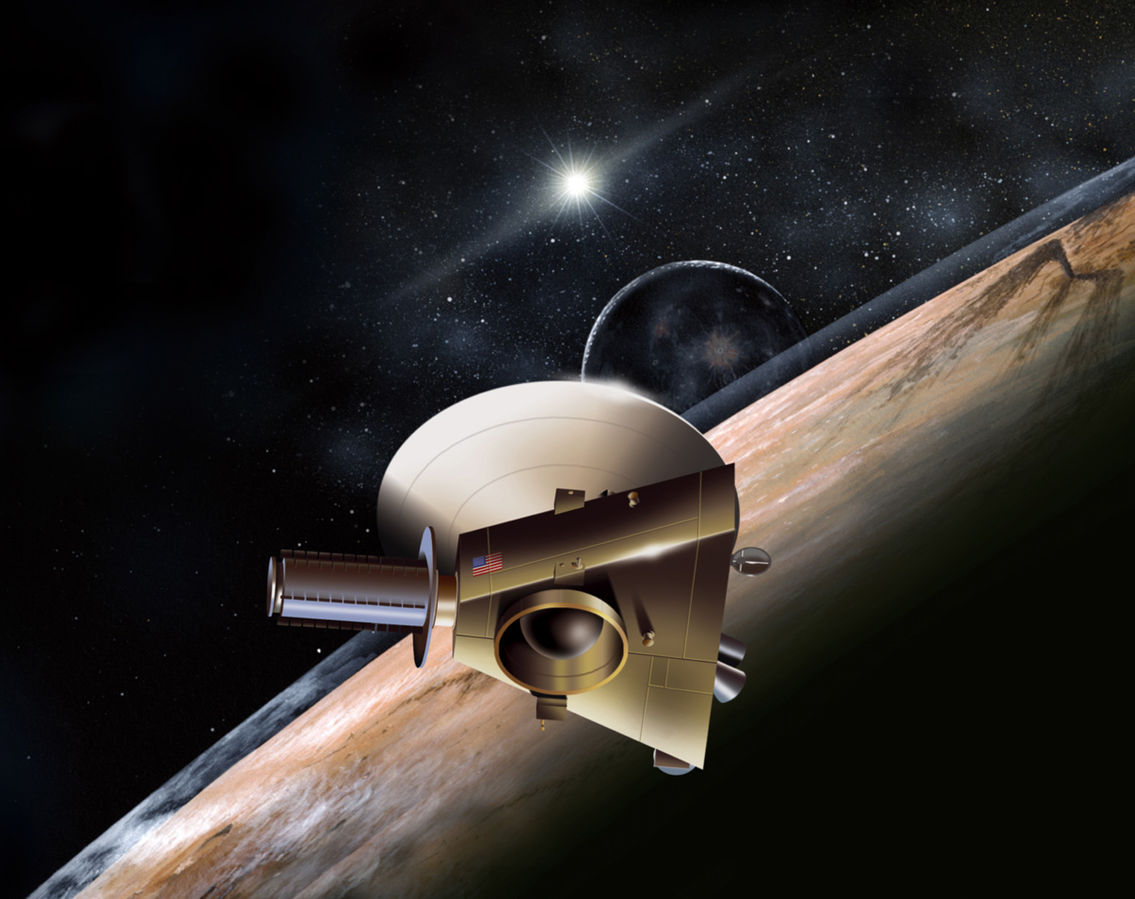
Which is the first spacecraft to explore the dwarf planet Pluto?
On July 14, 2015, at 11:49 UTC space probe "New Horizons" flew 12,500 km above the surface of Pluto, making it the first-ever spacecraft to explore the Dwarf planet.
Which is the first spacecraft to land on the outer solar system?
The Cassini–Huygens space-research mission was a collaboration between NASA, the European Space Agency (ESA), and the Italian Space Agency (ASI) to send a probe to study the planet Saturn and its system. The spacecraft comprised both NASA's Cassini probe and ESA's Huygens lander.
On January 14, 2005, Huygens landed on Saturn's largest moon Titan by a parachute. This was the first landing ever accomplished in the outer Solar System and the first landing on a moon other than Earth's Moon.
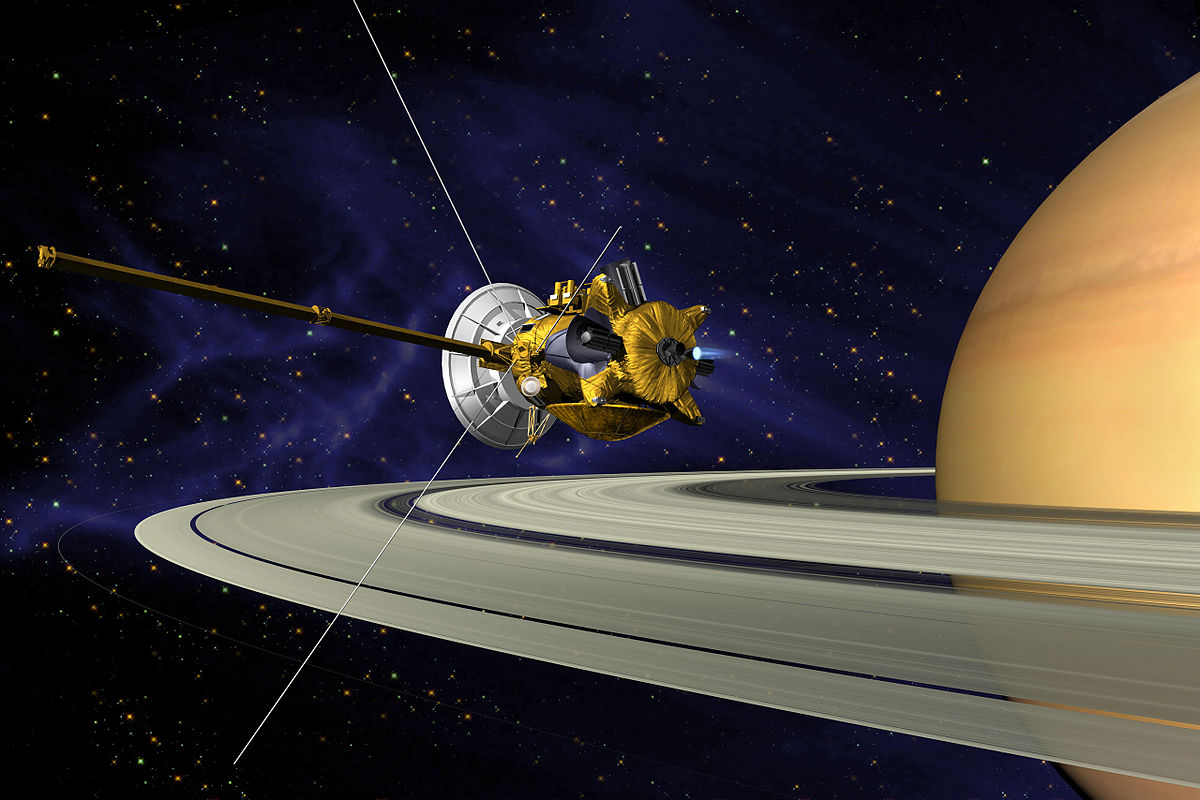
Cassini Orbiting Saturn
Cassini, on the other hand, is the first spacecraft to enter Saturn's orbit. Cassini was operational for nearly 20 years, which took 6 years and 9 months to reach Saturn and spent 13 years orbiting Saturn. This wonderful mission ended on September 15, 2017, when the Cassini probe's trajectory took it into Saturn's upper atmosphere and it burned up.
The Cassini-Huygens mission is one of the most successful missions which revealed many secrets of Saturn and its system.
These were some of the facts and statistics about NASA, apart from this, there are many missions and great explorations made by NASA which is out of the scope of this Article.



